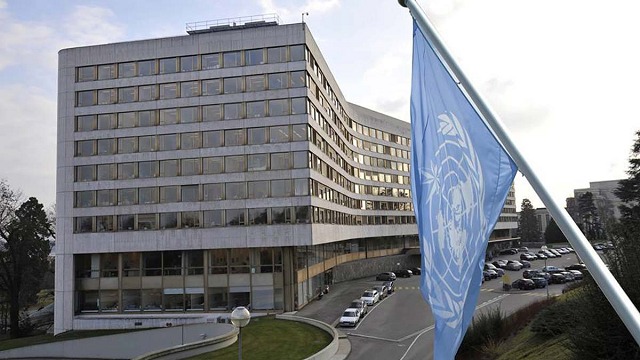The United Nations Conference on Trade and Development (UNCTAD) has revealed that the value of global trade reached a record $7.7 trillion in the first quarter (Q1) of 2022, an increase of about $1 trillion over the corresponding period in 2021.
According to the recently released UNCTAD Global Trade Update, the growth, which represents a $250 million increase over Q4 2021, was driven by rising commodity prices, as trade volumes increased to a much lesser extent. According to the report, while trade growth is expected to remain positive, it has slowed in Q2 2022.
“The war in Ukraine is starting to influence international trade, largely through increases in prices,” the report noted.
It affirmed that rising interest rates and the winding down of economic stimulus packages would likely harm trade volumes for the rest of 2022, even as volatility in commodity prices and geopolitical factors would also continue to make trade developments uncertain.
The report stressed that trade growth rates in Q1 2022 remained strong across all geographic regions, although somewhat lower in East Asia and the Pacific regions.
Export growth has been generally stronger in commodity-exporting regions, as commodity prices have increased. Trade-in merchandise goods reached about $6.1 trillion, an increase of about 25 percent relative to Q1 2021, and a jump of about 3.6 percent when compared to Q4 2021.
The value of merchandise exports from developing countries was about 25 percent higher in Q1 2022 than in Q1 2021.
In comparison, the figure is about 14 per cent for developed countries. Merchandise trade between developing countries also strongly grew during Q1 of 2022.
Trade-in services grew to about $1.6 trillion, an increase of about 22 percent relative to Q1 2021, and a rise of about 1.7 percent relative to Q4 2021.
The report showed that most economic sectors recorded substantial year-over-year increases in the value of their trade in Q1 2022. High fuel prices were behind the strong increase in the value of trade in the energy sector, it noted.
Trade growth was also above average for metals and chemicals. By contrast, trade in the transportation sector and communication equipment has remained below the levels of 2021 and 2019.
The report stated that the evolution of world trade for the remainder of 2022 was likely to be affected by slower-than-expected economic growth due to rising interest rates, inflationary pressures, and concerns over debt sustainability in many economies.
The report pointed out that the war in Ukraine was affecting international trade by putting further upward pressure on the international prices of energy and primary commodities.
In the short term, because of the inelastic global demand for food and energy products, rising food and energy prices would likely result in higher trade values and marginally lower trade volumes.
Other factors expected to influence global trade this year are continuing challenges for global supply chains, regionalisation trends, and policies supporting the transition towards a greener global economy.














